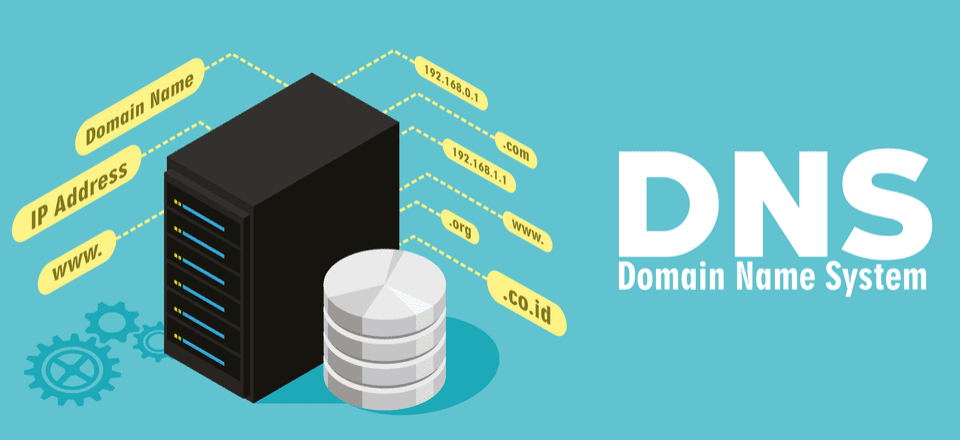
Understanding DNS: Building a Client
Introduction
As part of my coursework in Computer Networking, I extended my learning my embarking on a challenge to build a DNS client in Python to gain some valueable experience trying to encode, send, receive, and decode DNS queries in a manner similar to the program nslookup. This was inspired by the fact that I worked with many different protocols and RFC and SMPTE protocols in my professional internship, but am not able to discuss the applications of them. I would like this to be an example of my ability to read technical protocol documentation and devlelop software ontop of it.
This project serves as a learning tool to explore the intricacies of DNS based on RFC 1035. It highlights the process of building a query, parsing the response, and understanding how DNS records (like A and CNAME) are encoded. T
Purpose
The primary purpose of this project is educational:
- Build Applications Atop Protocols: Understand how to interpret techincal documentation and use it to build useful software.
- Research & Exploration: Delving into the underlying process of how DNS queries and responses are structured.
- Understanding the Internet: Gaining insight into how domain names translate into IP addresses and how information can be queried from DNS servers.
- Practical Coding Experience: Implementing networking code in Python to interact with real-world DNS servers.
Technical Overview
How It Works
-
DNS Query Construction:
The client constructs a DNS query in compliance with RFC 1035. This involves setting up header fields, encoding a domain name into DNS label format, and appending query type and class. -
Sending and Receiving:
The query is sent over UDP to a specified DNS server. The response is received as raw bytes and parsed to extract key sections, such as the header and answer records. -
Response Parsing:
Special handling is implemented for A records (IPv4 addresses) and CNAME records (canonical names). Compressed domain names are decoded using pointer reference techniques described in RFC 1035. -
Pretty Printing:
For clarity and ease of understanding, a custom pretty-print function formats the DNS response in a user-friendly way, emulating the output of the standardnslookuputility.
Code
Note: The code is heavily commented to explain its workings for educational purposes.
Educational Insights
-
Research and Experimentation:
This project required digging into networking standards and RFC documents—which is an essential part of computer science research. It shows that even simple programs encompass a deep understanding of protocols and data formats. -
Hands-on Learning:
I gained insights into socket programming, data encoding/decoding, decompression, and error troubleshooting. -
Real-World Application:
Understanding DNS is crucial for a wide range of IT fields including cybersecurity, network administration, and software development. This project will equip me to better understand Enterprise DNS in the corportate environment.
Conclusion
For my work here, I received extra credit from my professor and went above and beyond the scope of the course.